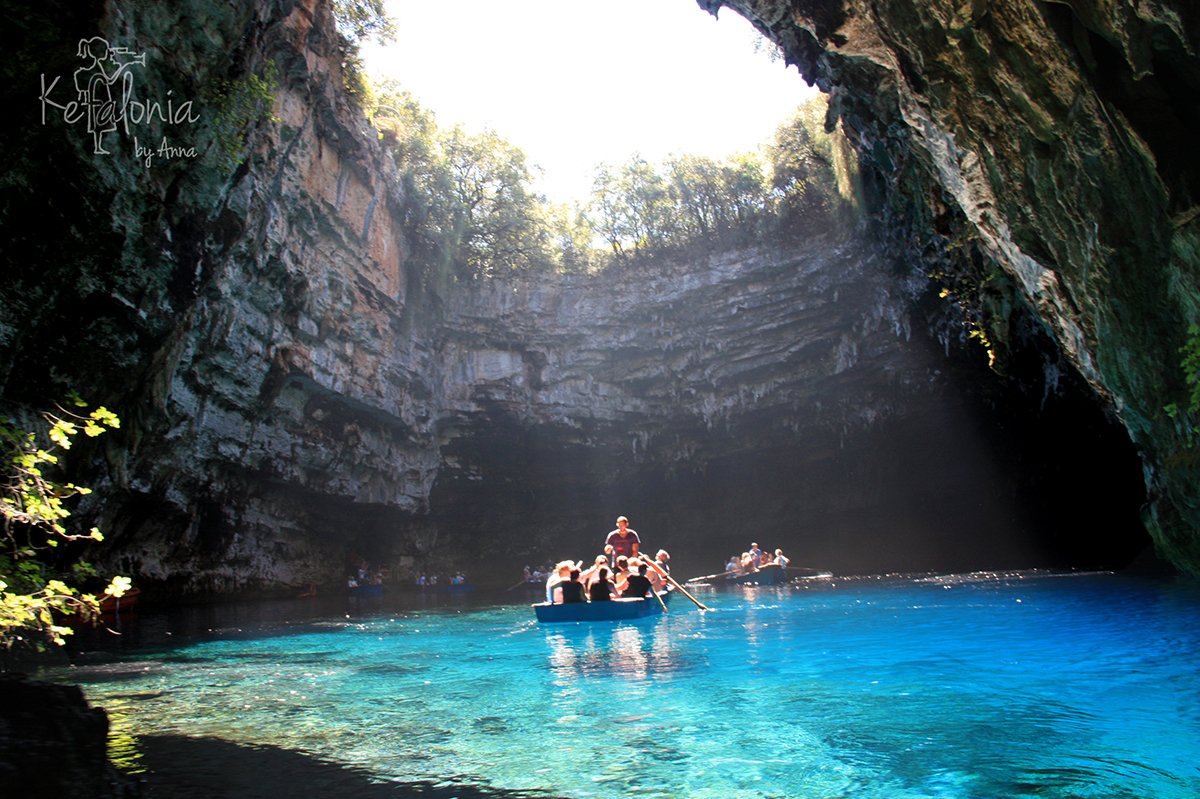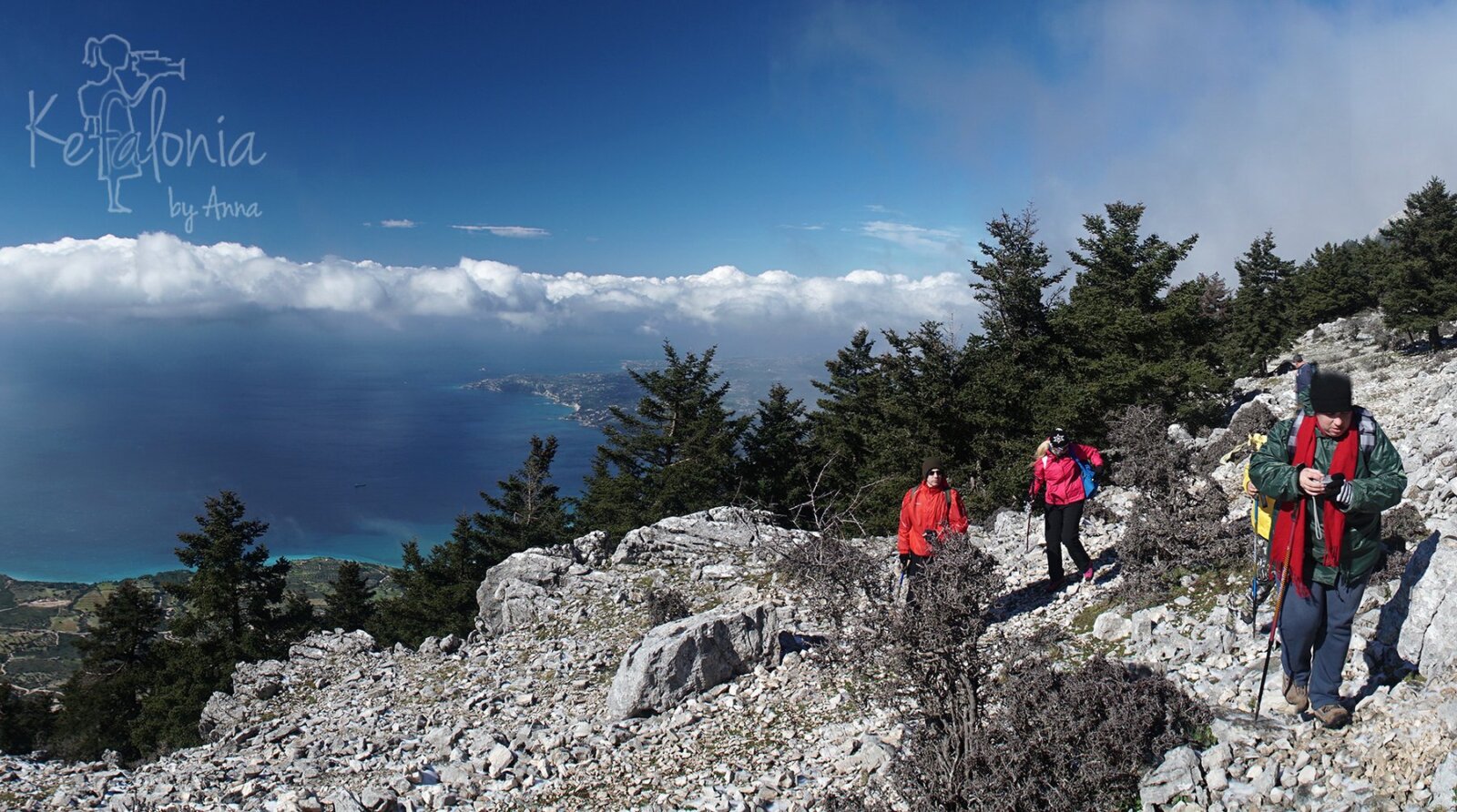Beaches
Kefalonian beaches are hard to surpass; they range from the secluded, wild and natural to the more organised and popular. In 2018 there were 13 Blue Flag beaches on Kefalonia (source http://www.blueflag.gr/).
Sandy beaches are generally found on the southern coast of Kefalonia, and also the Paliki peninsula, and are usually shallow and warmer. Avithos, Saint Thomas, Ai Helis, Poros, Xi, Lepeda, Atheras, Vouti, Skala, Katelios, Koroni, Ammes and Makris and Platis Gialos.
More rugged, wild and dramatic beaches are usually less populated with the exception of the world famous Myrtos, Antisamos and the beautiful Petani. Manias, Kousoupia, Fteri & Ammidi, Platia Ammos, and Dafnoudi are difficult to reach unless by walking, hiking or by boat trip.
Pebbly beaches are great for snorkeling and reflect the turquoise water beautifully but you may need beach shoes to walk comfortably. Assos, Horgota, Alaties, Foki, Agia Eleni, Emblissi, Lagadakia, are all stunning but some are more organized with sunbeds, umbrellas and refreshments than others so check before leaving.
Historical & Cultural Sites & Museums
Drapano Bridge is a world record holder
Mycenaean tombs can be found at Tzanata and Mazarakata whilst Roman villa mosaics can be found at Agia Efimia and Skala and a Roman cemetery at Fiskardo. Ancient Sami and the Archaic Temple of Apolo are two more important sites.
There are many significant old and new religious buildings all over the island housing icons, paintings and manuscripts, including the Monastery of Agrillion, Agios Fanetes, Kipouria Monastery, Old Sissia Monastery, the little church of St John Chrysostom, the church of Panagia Lagouvarda , the church of Gravaliotissa, the Monastery of Mother of God–“Themata”, Monastery of Zoodohos Pigi, Panagia of Atros (the oldest monastery on the island), and the Monastery of Saint Gerasimos. You can also visit Saint Gerasimos Cave.
Remains at the 7 Water Mills Trail, and the site of Kefala’s Kiln give an idea of previous industries on the island, as do the olive presses in old Farsa and old Vlachata.
Important monuments are scattered over the island ; a Venetian castle at Assos, Saint George’s castle at Peratata (first capital of the island), the Venetian Lighthouse and Byzantine Basilica at Fiskardo, the Drapano Bridge and The Lighthouse (Fanari) of Agioi (Saint) Theodoron at Argostoli and Gero Gobos Lighthouse. The statue of Nikos Kavadias, a famous Greek poet, can be found gazing out to see at the harbour in Argostoli, which is quite apt as he was known as “The Poet of the Sea”.
WWII memorials exist mostly around Argostoli. The Acqui Division memorial and museum are in Argostoil, a memorial to HMS Perseus (whose remains lie on the seabed there) is close to Poros.
Casa-House Museum is a fine example of what an old Kefalonian Bourgeoisie house contained, and Corgialenios Museum of Folklore and Cultural History lets you explore all facets of historical urban and rural life. The Focas Cosmetatos Foundation has personal collections and publications as well as a great collection of photos from before the earthquake of 1953. There is a small Folklore Museum housed in the old primary school in Ratzakli, near to Skala.
In the Nautical Museum of Sami, located just outside of the village on the road to Argostoli, you will find 22 hand-made wooden shipping vessels spanning a history of 3,500yrs. At the Kotsanas Museum in Argostoli you can find working models and fine examples of Ancient Greek Technology.
Towns & Villages
The two largest towns on the island are the capital Argostoli (the largest) and Lixouri. There are many traditional villages; Fiskardo is undoubtedly one of the prettiest villages on the island. Assos has an unusual landscape and its charming atmosphere. Around the south there are colourful villages where rich shipping families lived. Agia Efimia, Poros and Sami are bustling harbour villages, Katelios is a quiet sea-side fishing village, whilst Skala and Lassi are more touristic.
Abondoned villages can give us a real glimpse into the past and help us recreate in our minds what village life was like many years ago. Old Vlachata, Traces of old Agia Efimia, Old Farsa and Old Valsamata are worth exploring.
Nature & Geological Phenomena
Rare geological phenomena appear on the island. At Katavothres you can discover the story behind how the water travels from the sink holes and re-appears in Karavomylos Lake. Melissani Lake is one of the most impressive open caves in the world at its ethereal beauty is magical. Drogarati Cave is an impressive cave with remarkable formations of stalactites and stalagmites. There is a huge system of caves in the Sami area. Kounopetra is another unique quirk of Kefalonia.
Kefalonia has rich biodiversity and there are many unique flora and fauna to the island. Koutavos Lagoon provides a habitat for migrating birds as does the Livardi Marshes and Tzanata Resevoir – all fabulous places for bird watching. The Botanical Gardens in Argostoli provide an oasis and interesting information about the flora and fauna of the island.
Mount Ainos
Mount Ainos, located 30 km from Argostoli, was known as Monte Nero (Black Mountain) during the Venetian period due to thick forestation of the dark Kefalonian Fir tree (Abies Cephalonica). From its summit (1628m) on a clear day it offers awe inspiring views of the southern coastline, Paliki Pennisula, the inland valleys and mountains, NW Peloponnese as well as the islands of Zakynthos, Lefkada, and Ithaca. A road which passes over the mountain range connecting traffic from southwestern to the eastern part of the island, is one of the few roads going into the mountain range and there are numerous mountain trails. The Management Body of Mt. Ainos National Park is responsible for the protection and conservation of the National Park. The offices of the management body are located in the Koutavos Environmental Centre in Argostoli. The forest flora includes many varieties of wild flowers, and other wonders hide there, like a large variety of orchids, of which are endemic, just like the violet of Kefalonia. You will also find mushrooms, and its fauna consists of various species of reptiles, bird’s such as the woodpecker, blackbird and hawk, as well as mammals. If you are lucky you may see the wild horses on the lower slopes. In summer the summit can offer great respite from the heat and in winter is often snow-capped.
















